TECH TUESDAY: Winging it – the crucial choice facing Ferrari, Red Bull and Mercedes at Baku

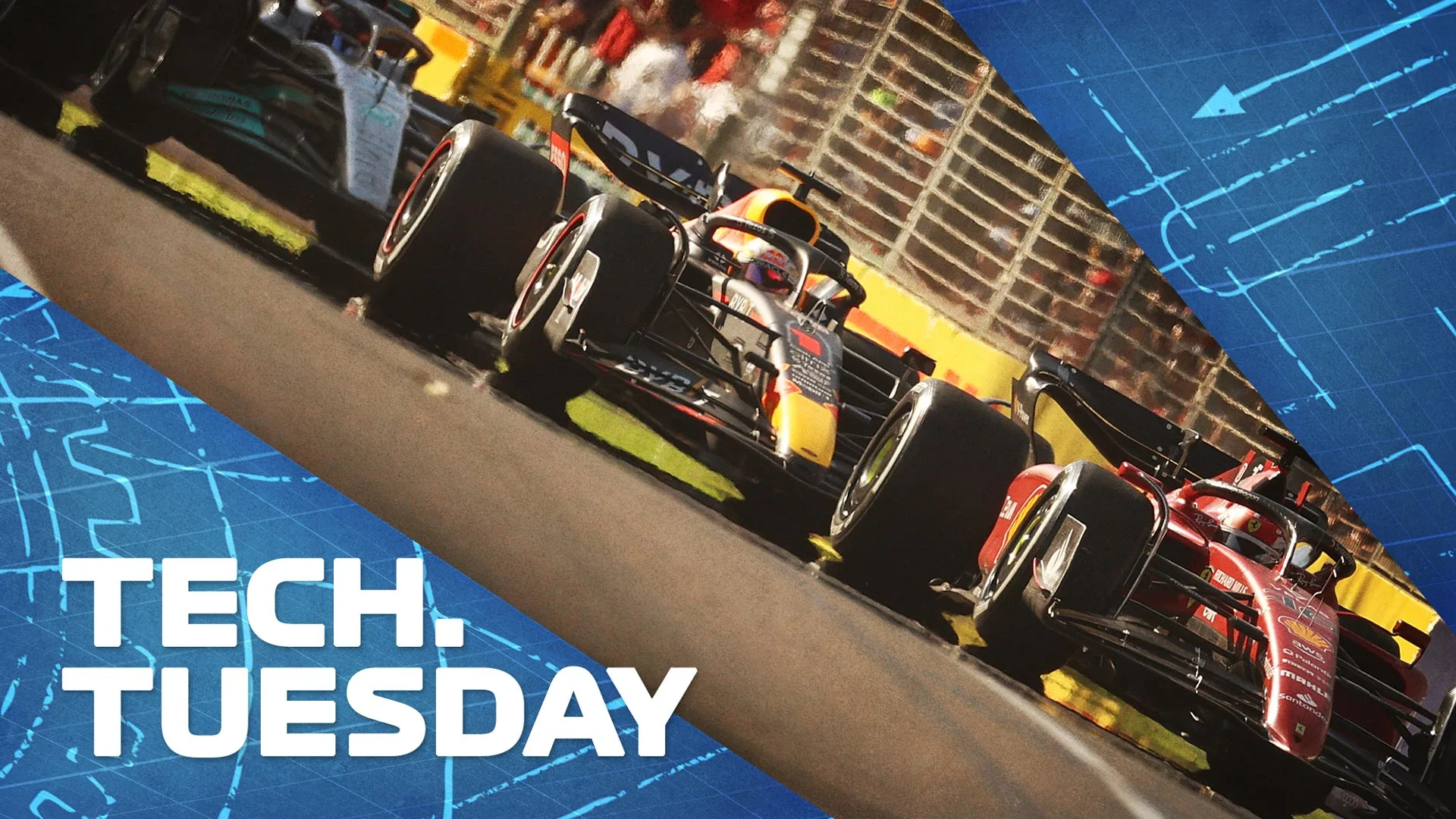
Mark Hughes explains the set-up dilemma facing Ferrari, Red Bull and Mercedes for the Azerbaijan Grand Prix – and why the competitive pattern might not be as straightforward as expected this weekend.
The Baku track is unique in its extremely conflicted combination of aerodynamic demands. The ‘straight’ (with multiple flat-out kinks) running parallel with the Caspian coastline is 2km long, giving a lot of lap time reward for a low-wing setting.
But the middle sector through the historic old town is Monaco-like in its tightness, demanding maximum downforce settings. In terms of what the layout asks of the wing level, it’s a combination of the two extremes of the calendar: the super low-downforce Monza and super high-downforce Monaco.
Which means there is not one ‘correct’ wing level here; uniquely, the potential lap time is similar with either low or high-downforce settings. It just gets delivered in a different way. At least, that has been the case historically since the inaugural race here in 2016. It will be interesting to see if that holds true with the new generation of cars, which derive a much greater proportion of their total downforce from the underfloor than previously.
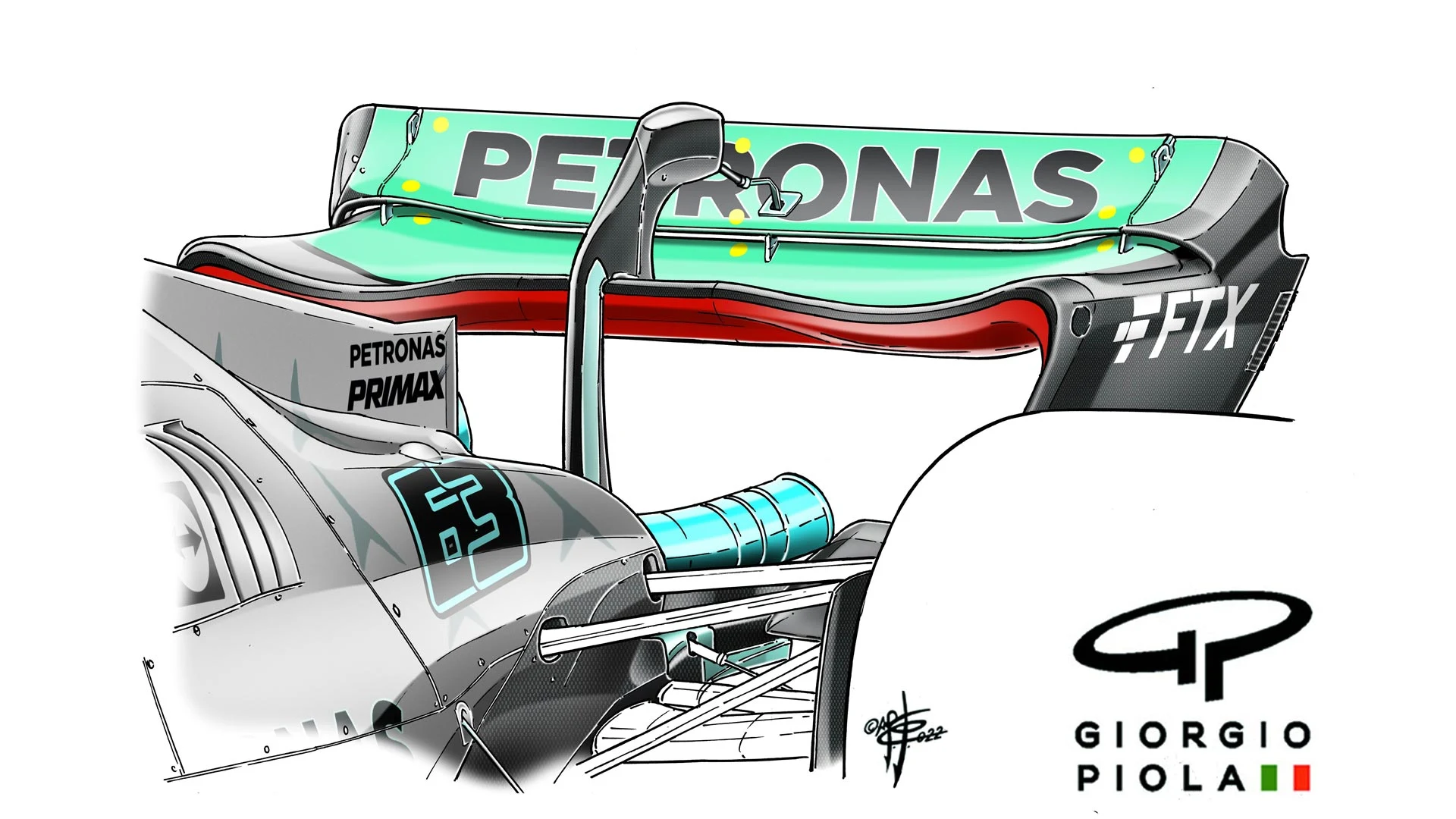
In general, the low-downforce way seems to give a slightly better single lap time, but with the possible hazard of increased rear tyre degradation because of the greater rear sliding. Last year, both Mercedes and Ferrari opted to run skinny wings and, at a stage of the season when the Red Bull was usually the fastest car, Charles Leclerc put his Ferrari on pole ahead of Lewis Hamilton’s Mercedes.
But Red Bull had opted to run significantly more wing and were comfortably the fastest cars in the race, with much better tyre degradation.
WATCH: Relive last year’s rollercoaster Azerbaijan Grand Prix
Both Max Verstappen and Sergio Perez were able to overcut Hamilton out of the lead at the first pit stops with tyres that were still performing very strongly at the end of the stint, thanks to the greater protection the higher downforce wing had given them.
Historically, the more competitive the car, the more likely a team has been to run more wing here, with those scratching for competitiveness tending to gamble on the lower setting, going all-out for grid position and trying then to maintain track position. So, in Mercedes’ super-strong seasons here, (2016-19) they ran plenty of wing. In 2016 and ’17 their rivals Ferrari and Red Bull ran trimmed-out.
Ferrari, with a very quick car in 2018, matched Mercedes with a higher downforce set-up and did so again in 2019. But in 2021 the tables were turned and Red Bull for the first time at Baku were confident enough in their car’s inherent pace to use more wing than their rivals.
READ MORE: Why Monaco proved tough for Mercedes – and why Silverstone could be their next best bet
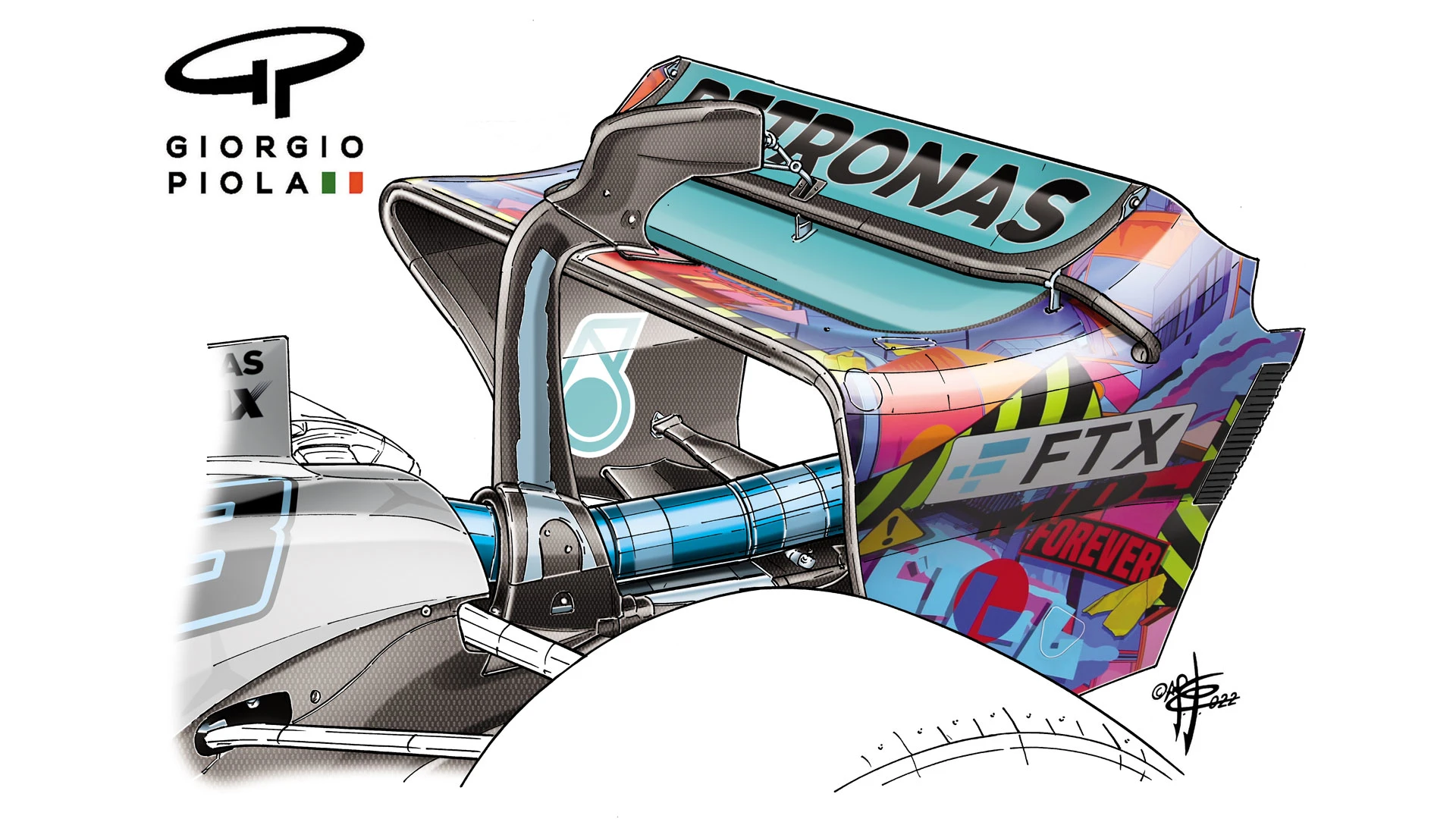
This year, at all the tracks the pattern of performance between the Ferrari and Red Bull has been quite distinctive, the Red Bull tending to run less wing than the Ferrari and being faster at the end of the straights, with the Ferrari very often faster through the corners and accelerating harder out of them.
How will that play out at Baku? Does it suggest the Ferrari’s inherently higher drag/downforce will lead it that way in preferred wing choice? Will Red Bull use their inherently lower drag to give them the luxury of running more wing, given how well that choice played out last year?
POWER RANKINGS: Who took top spot after a tough race in Monaco?
Mercedes face an intriguing choice here. Barcelona showed that, cured of its aerodynamic porpoising, the W13 can be competitively quick on the straights. Combined with a low-wing setting, might that allow Lewis Hamilton and George Russell to take a tilt at Red Bull and Ferrari in qualifying? Even in the knowledge that it would likely compromise tyre degradation in the race?
Mercedes introduced their specific low-downforce rear wing at Miami and their choice in Baku will be between that and the usual more heavily contoured wing.
As ever, Baku offers an intriguing choice for the teams and a possibly unusual competitive pattern through the weekend.
Next Up
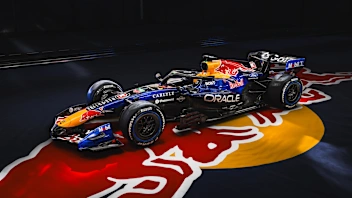
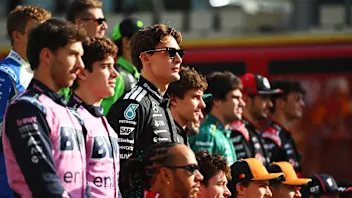
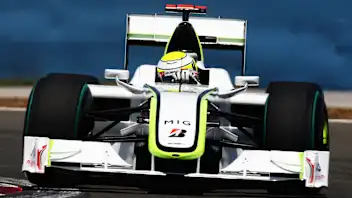
/SI202601151081.webp)
.webp)
